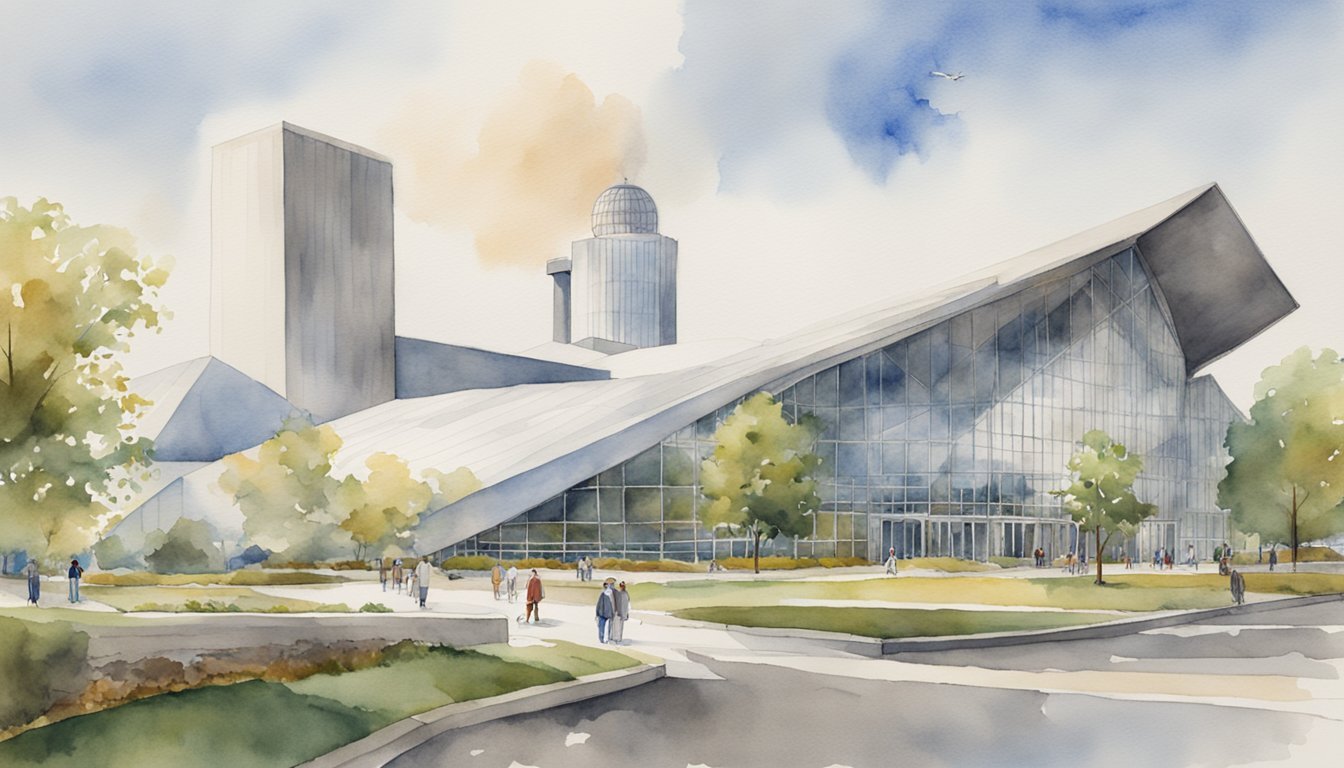Ohio Overview
Geography and Location
Ohio is a state located in the Midwestern region of the United States, bordered by Michigan and Lake Erie in the north, Pennsylvania and West Virginia in the east, Kentucky and West Virginia in the south, and Indiana in the west. The state’s terrain is mostly made up of plains, and it can be divided into five geographical regions. The northern Great Lakes Plains region is a fertile lowland, while the Lake Erie Shoreline has sandy and clay beaches, tall clay bluffs, and a unique coastal environment. Ohio is one of the smallest states west of the Appalachian Mountains, and its capital and largest city is Columbus.
Ohio is sometimes referred to as the “Buckeye State” and its residents as “Buckeyes” due to the buckeye tree that grows abundantly in the state. Ohio has several major cities, including Cleveland, Cincinnati, and Columbus, which offer a mix of urban, suburban, and rural living options.
State Symbols and Motto
Ohio has several state symbols that represent various aspects of its culture and history:
- State Tree: The Buckeye
- State Bird: The Cardinal
- State Animal: The White-tailed Deer
- State Beverage: Tomato Juice
Ohio’s state motto, “With God, all things are possible,” is derived from the Bible and reflects the state’s deeply rooted faith and values. The state’s nickname, “The Heart of It All,” expresses its central location in the United States and the rich cultural and historical significance it holds.
Ohio has a colorful history, with early French and Native American explorers like Robert de La Salle being among the first non-native people to reach the area. The state was also an integral part of the Northwest Territory, which contributed to its development and eventual statehood.
Cultural and Historical Significance

Presidents from Ohio
Ohio is known as the “Mother of Presidents” as eight U.S. Presidents were born there, including Ulysses S. Grant, Rutherford B. Hayes, James A. Garfield, William McKinley, William Henry Harrison, Benjamin Harrison, Warren G. Harding, and William H. Taft. Ohio played a crucial role in the history and development of the United States and continues to hold a significant place in the country’s political landscape.
Native American Heritage
Before European settlers arrived, Ohio was home to several Native American tribes, including the Iroquois, Seneca, and Algonquian-speaking people. The Serpent Mound State Memorial is an example of the rich cultural history left by these ancient native cultures. Many Native American heritage sites can be explored throughout the state, shedding light on Ohio’s deep-rooted history.
Historical Landmarks
Ohio boasts numerous historical landmarks, including the Wright Brothers Bicycle Shop in Dayton, where the brothers invented the world’s first successful airplane. The state is also home to Neil Armstrong’s birthplace in Wapakoneta, showcasing the life and achievements of the first man to walk on the moon. Chillicothe, Marietta, Bellefontaine, and Lancaster are just a few of the many towns in Ohio with rich historical significance.
Cultural Contributions
Culturally, Ohio has made contributions in various areas. Cincinnati Reds, the oldest professional baseball team, hails from Ohio. The state is also home to the Rock and Roll Hall of Fame in Cleveland, celebrating the history and impact of rock music. Ohio is the birthplace of numerous notable individuals, such as Thomas Edison, inventor and businessman, filmmaker Steven Spielberg, and astronaut John Glenn.
Ohio’s universities, including Ohio State University, have made significant advancements in science, research, and innovation. The state also has a rich history in the Underground Railroad, helping thousands of slaves escape to freedom during the Civil War.
Ohio’s Amish communities contribute to the state’s cultural tapestry, offering visitors a glimpse into their traditional way of living. The state continues to be a place of innovation and cultural significance, with a colorful past and promising future.

